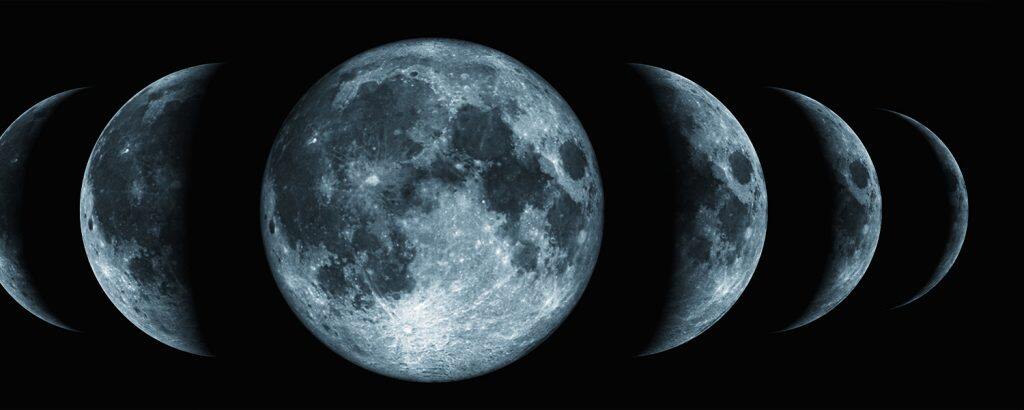The University of Western Australia’s Zadko Observatory team, in collaboration with the European Space Agency, have tracked an out-of-control booster rocket before it crashes into the dark side of the Moon.


The booster rocket was originally believed to be a part of a Space-X rocket weather satellite but it is now believed to be 2014-065B, the booster rocket for the Chinese Chang’e 5-T1 lunar mission.
It is possible the booster rocket has been in orbit between the Earth and the Moon since 2014 and scientists predict this large piece of space junk will collide with the Moon on March 4.
Associate Professor David Coward, an investigator for the Australian Research Council Centre of Excellence for Gravitational Wave Discovery and a member of the UWA International Space Centre, said there was a lot of junk in space.
“The space around Earth is becoming increasingly busy with orbiting debris and this debris is for the first time reaching the Moon,” Associate Professor Coward said.
The Zadko Observatory scientists at UWA’s Department of Physics are contracted by the European Space Agency to track potentially hazardous debris near Earth.
European Space Agency scientist Dr Marco Micheli said tracking the space junk with the Zadko Telescope was helping scientists refine the orbit and the location of the crash.
Zadko Observatory systems manager Dr Bruce Gendre said acquiring accurate positional data on an object 177,118km from Earth and travelling at over 700km per minute was not trivial.
“The exact impact site is uncertain because small effects, such as the rocket tumbling, changes the orbit slightly as it approaches the Moon,” Dr Gendre said.
Making things more difficult, UWA astrophysics student Eloise Moore had to battle with the Zadko telescope to regain control as its robotic system went rogue just as she was trying to take the images.
“We finally got control of the telescope only minutes before the critical imaging was due to start,” Ms Moore said.
At 4am on February 10, she succeeded in capturing some of the last images of the booster, which showed signs of the rockets tumbling as it hurtled through space before the expected collision.
“Even though the impact will occur on the dark side of the Moon, which is not visible from Earth, future lunar probes will be able to image the impact site to study effects of space junk on the lunar surface,” Ms Moore said.







































